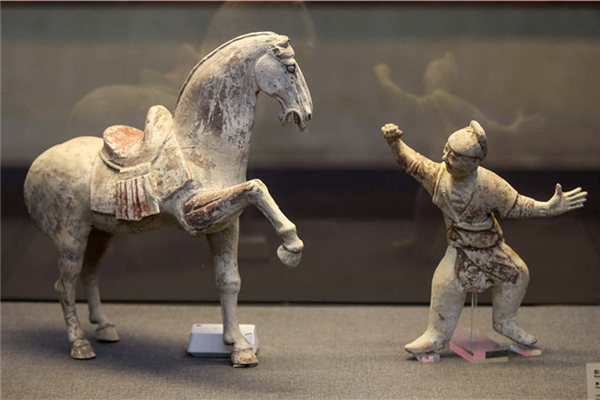
Horse taming figurine and terracotta horse, from Tang Dynasty (AD 618-907), collected by the Luoyang Museum. Equestrianism was a popular sport in Tang Dynasty, with the horse dancing with music under the tamer’s guidance. The horse dancing performance is almost the same as an event in equestrianism contest during Olympics nowadays. [Photo/Asianewsphoto]
As the athletes compete fiercely at Rio Olympics, the terracotta figurines from Luoyang museums are eager to flex their muscles too.
The figurines, from Luoyang Museum and Luoyang Municipal Institute of Cultural Relics and Archaeology, show some of the sports ancient people participated in, which reflect the rich and unique athletic culture in ancient China.
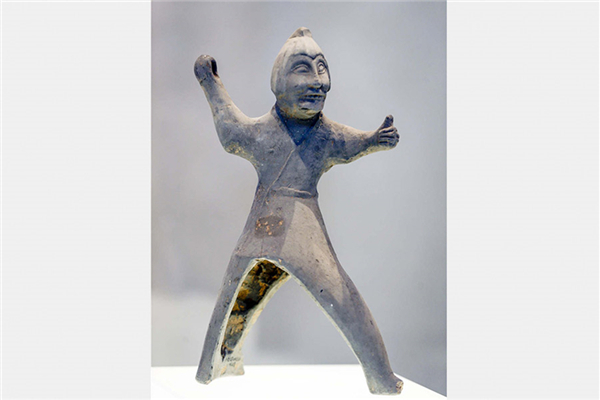
Warrior figurine, from the Western Jin Dynasty (AD 266 - 316), unearthed in 2005, housed in the Luoyang Museum. The production technique during that time was simple and unadorned, but the facial expression is quite lively. Does it look like an athlete throwing a javelin? [Photo/Asianewsphoto]
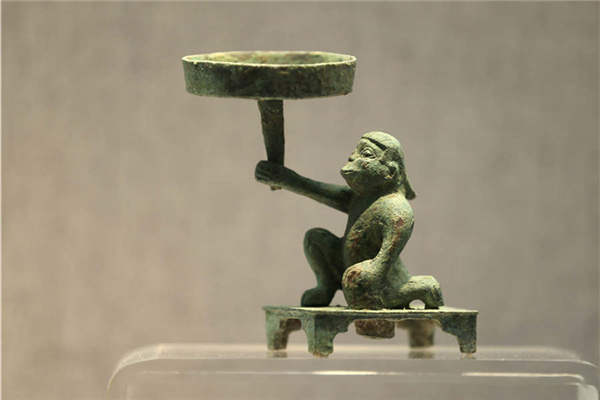
Copper lamp, from Eastern Han Dynasty (AD 25-220), unearthed in 2002, collected by the Luoyang Museum. The lamp and the figurine holding the lamp just look like an athlete holding a torch. [Photo/Asianewsphoto]
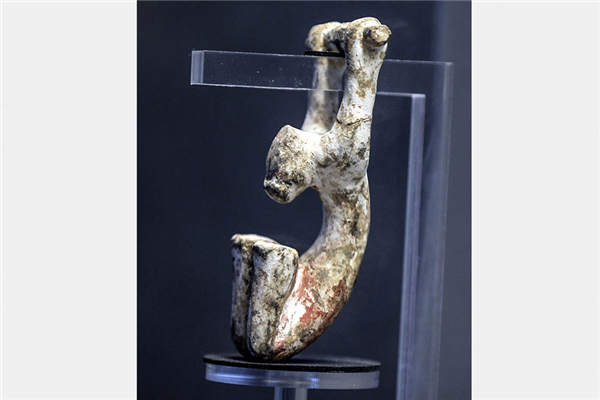
Acrobatics figurine, from Eastern Han Dynasty, unearthed in 2000, collected by the Luoyang Museum. The posture of the figurine seems like it is in a gymnastic contest at Olympics. [Photo/Asianewsphoto]

A dancing figurine, from Eastern Han Dynasty, unearthed in 1954, housed by the Luoyang Museum. The figurine is a kind of dancing figurine, which looks like a performer at the opening ceremony of Olympics. [Photo/Asianewsphoto]

A colored dancing figurine, from Eastern Han Dynasty, unearthed in 2000, housed in the Luoyang Museum. The figurine resembles the posture participants use in archery, an event that was listed as Olympic game in 1972. Actually, China has a long history in archery and archery contests. [Photo/Asianewsphoto]
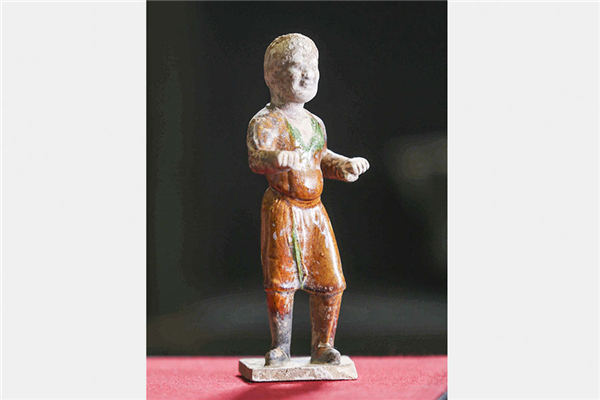
Three-colored horse-leading figurine, from Tang Dynasty, unearthed in 2012, collected by the Luoyang Municipal Institute of Cultural Relics and Archaeology. The figurine seems like in full attention for the start of a heel-and-toe walking race. [Photo/Asianewsphoto]

Honor guards figurines, from Northern Wei Dynasty (AD 386-557), unearthed in 1965, collected by the Luoyang Museum. The figurines, holding drums, or some other similar instruments, look like performers at the Olympic opening ceremony. [Photo/Asianewsphoto]
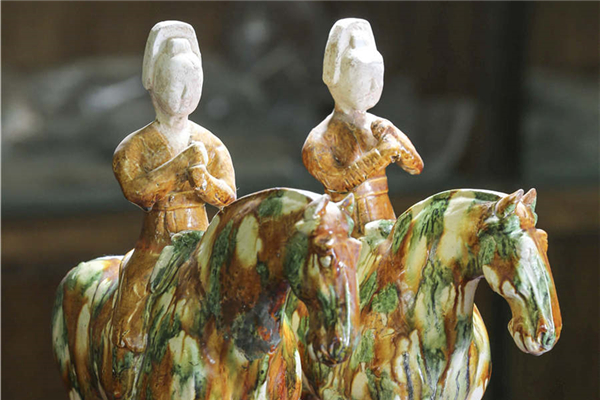
Three-colored horse-riding figurine, from Tang Dynasty, unearthed in 2012, collected by the Luoyang Municipal Institute of Cultural Relics and Archaeology. The two figurines, with solemn look and upright sitting position, are standard-bearers of the Olympic participant team. [Photo/Asianewsphoto]
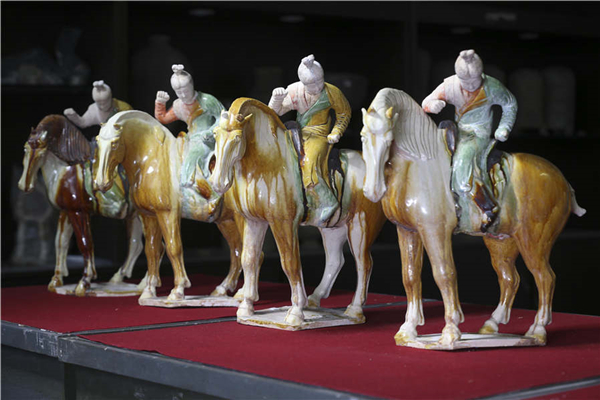
Three-colored horse-riding figurine, from Tang Dynasty, unearthed in 2012, collected by the Luoyang Municipal Institute of Cultural Relics and Archaeology. The figurines, with different postures, look like they are taking part in a polo contest. Polo was one of the favorite games of the Tang Dynasty nobles, and the Emperor Xuanzong of the Tang Dynasty was said to be a polo master. [Photo/Asianewsphoto]
